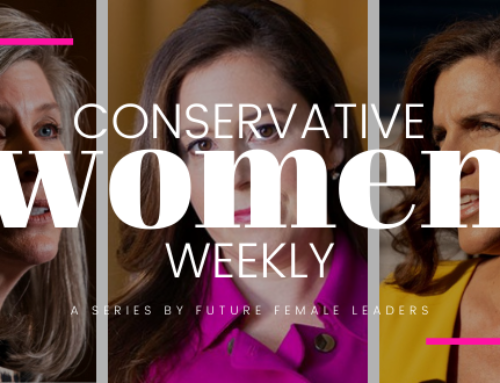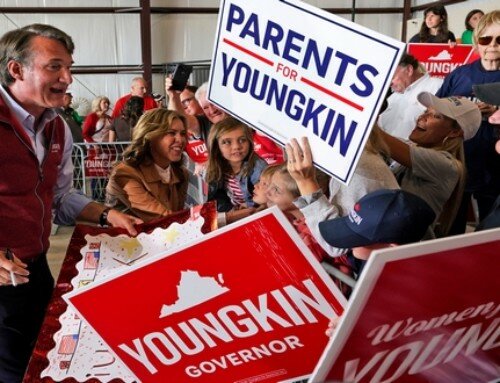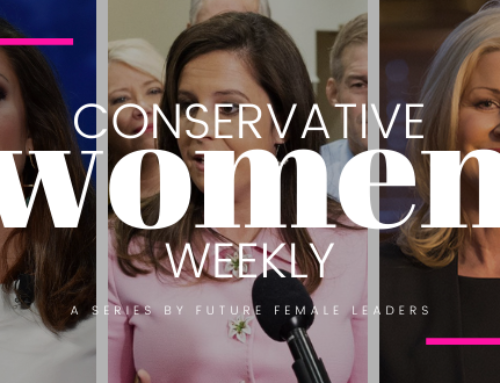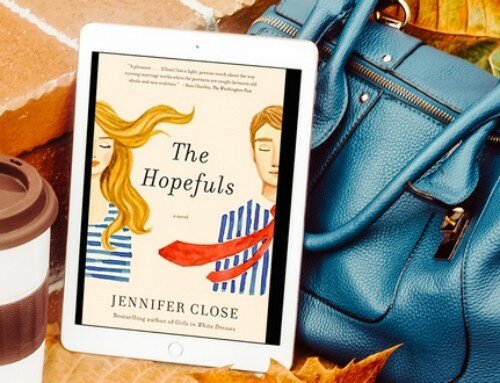As a librarian and the FFL book czar, people often come to me with their book problems. What should I read? What should my child read? And what books are popular with children? They’re often surprised when I suggest as an answer to any of these three questions a graphic novel. I’ve heard it all. “but…I want them to read REAL books.” “I want them to actually learn words.” “I want them to read something other than comics.”
I could go on a tirade about how these responses are ignorant and actually prevent kids from loving reading more than you can ever imagine, but I won’t. Instead, I’ll talk to you about how reading graphic novels is actually good for us and how the way we read them is actually just as indicative of early learning processes as picking up any novels by Dickens or Morrison. First, let’s talk about what a graphic novel is and isn’t. Not all graphic novels are comic books, full of superheroes, and not all graphic novels are in the anime style. Graphic novels use a combination of words and images to tell a story in a sequential manner, across the page. You have to learn how to read a graphic novel, you can’t just look at the whole page at once. Graphic novels come in every genre and for every age–from children to adult, fiction romances and mysteries and memoirs. There are also lots of different styles. Every author/illustrator has their own style and way of telling stories–just like the authors of other books.
If you or someone you know is a reluctant reader seeking motivation, try graphic novels. They usually are shorter and can be read in less time than a typical novel, but the kids love them! They draw them in with fascinating stories and illustrations. It helps kids feel confident with their reading when they’re able to finish a graphic novel and truly talk about why they loved it. One of recent graphic novel, Guts by Raina Telgemeier, is one of the most requested books in my library system right now, and every day kids ask me if we have books like it because they love reading graphic novels. These are kids who six months ago wouldn’t have said they liked to read at all, now they’re clamoring for the next book.
So, the next time someone recommends a graphic novel, give it a shot. You just might love it. And the next time you see a kid wanting to pick up a graphic novel at the library, let them. Reading is reading, and anything we can do to encourage reading will go a long way.
For further reading, check out these 10 graphic novels that are great for readers of all ages.
-
Guts by Raina Telegemeir
-
Drama by Raina Telegemeir
-
The Prince and the Dressmaker by Jen Wang
-
They Called Us Enemy by George Takei
-
Speak: The Graphic Novel by Laurie Halse Anderson
-
Pumpkinheads by Rainbow Rowell
-
Check Please by Ngozi Ukazu
-
Relish: My Life in the Kitchen by Lucy Knisley
-
Lisa and the Lacemaker by Kathy Hoopmann
-
Stargazing by Jen Wang












